learning555
Member
- Messages
- 1
- Location
- uk
Just bought an old property from the early 1900s.
It came with some moisture issues.
The first floor contains 3 rooms. The first room by the entrance has no to little moisture issues.
The second room has some - it's not apparent on the wall, but the moisture meter indicates that it's high in moisture.
The third room was converted from a patio into a room. This room has a roof above with an old brick wall that had some issues ( now repaired )
I had someone come take a look at the property, he said it is not rising damp (which I suspect it is) but instead the brick wall above the house.
I'm now worried that it's at least also caused by rising damp from the cellar underneath and the reperation of the wall above is not enough.
The cellar beneath is very moist. It's from the early 1900s and is made of sandstone, probably limestone(?) The cellar beneath streches only 10 metres, while the floor above is 15-20. (Because of converted patio to room)
Meter reads 93% moisture in the cellar. There is ventilation, but minimal. Moisture reader reads very high moisture even 1-2 meteters away from it.
What would you do ? I am thinking of doing the following.
1. Inject the walls at the bottom of the third room. Since there is no cellar underneath, this is the lowest point.
2. Inject the cellar walls underneath to prevent damp from rising under.
3. Make an even bigger natural vent. Repairing cracks making sure that the damp only travels up this way.
4. Maybe install a permanent dehumidifier connected to the pipeline.
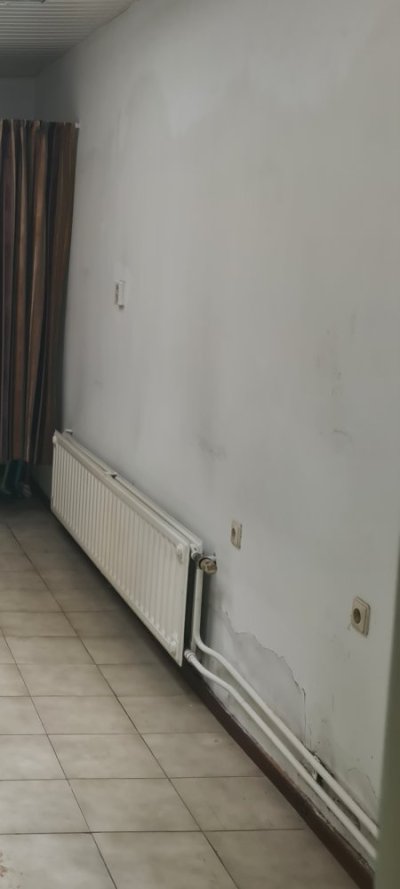
Picture of third room - converted patio.
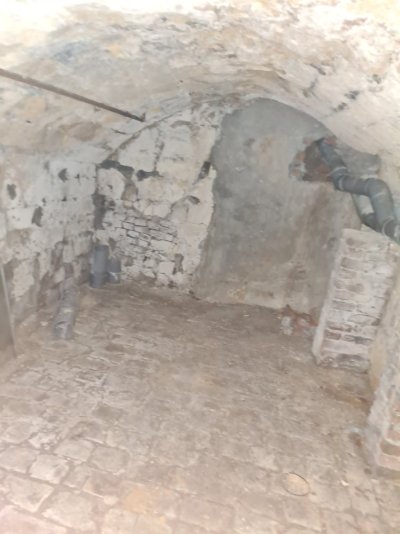
Cellar below. The end of it is where the patio starts. There is no cellar beneath the third room.
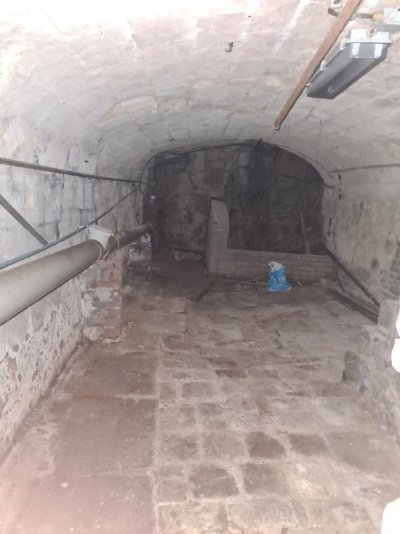
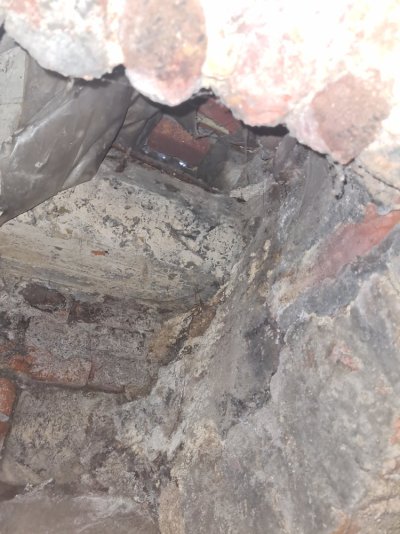
Some holes of ventilation, not much. Don't know what's normal for a basement though.
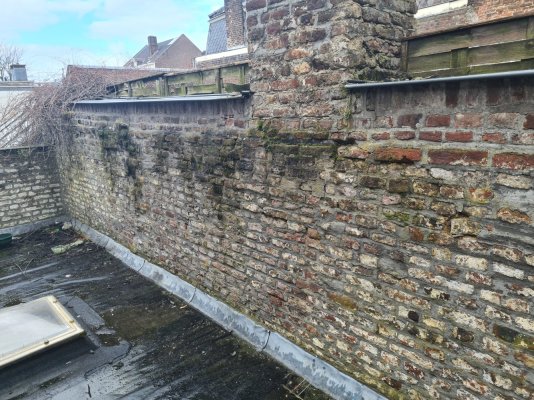
This is all above the third room. I was told that the water likely traveled through this brick wall and seeping into the wall beneath. I have now repaired this wall, it does not look like this anymore.
It came with some moisture issues.
The first floor contains 3 rooms. The first room by the entrance has no to little moisture issues.
The second room has some - it's not apparent on the wall, but the moisture meter indicates that it's high in moisture.
The third room was converted from a patio into a room. This room has a roof above with an old brick wall that had some issues ( now repaired )
I had someone come take a look at the property, he said it is not rising damp (which I suspect it is) but instead the brick wall above the house.
I'm now worried that it's at least also caused by rising damp from the cellar underneath and the reperation of the wall above is not enough.
The cellar beneath is very moist. It's from the early 1900s and is made of sandstone, probably limestone(?) The cellar beneath streches only 10 metres, while the floor above is 15-20. (Because of converted patio to room)
Meter reads 93% moisture in the cellar. There is ventilation, but minimal. Moisture reader reads very high moisture even 1-2 meteters away from it.
What would you do ? I am thinking of doing the following.
1. Inject the walls at the bottom of the third room. Since there is no cellar underneath, this is the lowest point.
2. Inject the cellar walls underneath to prevent damp from rising under.
3. Make an even bigger natural vent. Repairing cracks making sure that the damp only travels up this way.
4. Maybe install a permanent dehumidifier connected to the pipeline.

Picture of third room - converted patio.

Cellar below. The end of it is where the patio starts. There is no cellar beneath the third room.


Some holes of ventilation, not much. Don't know what's normal for a basement though.

This is all above the third room. I was told that the water likely traveled through this brick wall and seeping into the wall beneath. I have now repaired this wall, it does not look like this anymore.
